Nobody answered why were they designed that way?
I recall it was for practicality and cost of manufacturing.
I heard about it indirectly, on a TV show about Tesla. He was contracted to provide lights as Edison's competitor, but could not use Edison's patented sealing/base method and had to use his own which lacked the advantages.
Trying to find more about it, I think the point works like this: you seal the glass capsule and shape it like a bottle top easily enough. The fitting needs to slip over that, and be simple and cheap to make. The contacts along the outside surface of the simplest cap shape is the simplest. Naturally the contacts will be co-axial, and you need at minimum 2 metal areas separated by insulation. Making one of those parts be the thread as well saves components and joints. It also becomes easy to connect the emerging wires to the cap without any alignment.
In short, it's the simplest possible fitting to manufacture.
From the link above, the author quotes Alan Makkos,
The familiar screw-in base was a whole other can of worms. Edison’s first bulbs slipped into their sockets without a way to secure them, until he was struck by a utilitarian design while having lunch in his workshop. “Edison saw a can of kerosene on a shelf, and said, ‘Oh, the lid for that kerosene would make a dandy screw base for a light bulb.’ So they got the can down, cut the lid off with a band saw, and made a light-bulb socket out of it,” says Jenkins. “By the time they were in production in 1885, they had reduced the size of the base quite a bit, and it looked a lot more like modern bulbs.”
